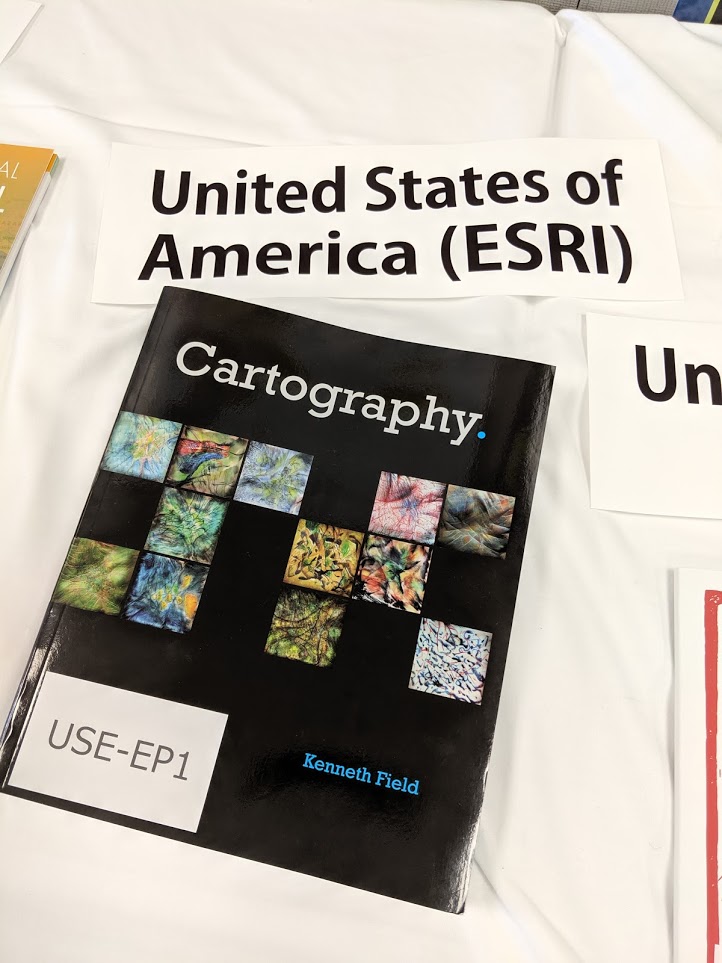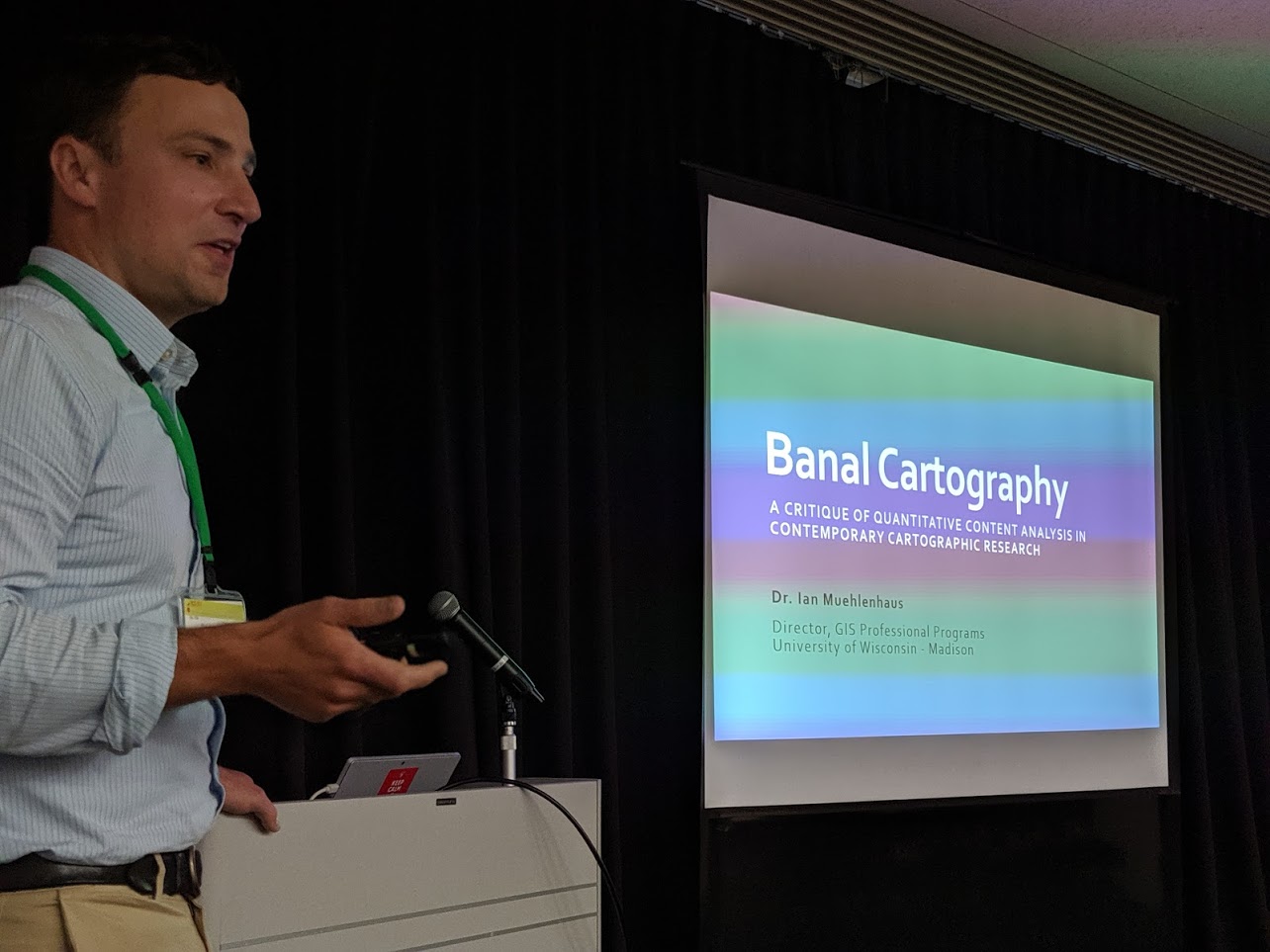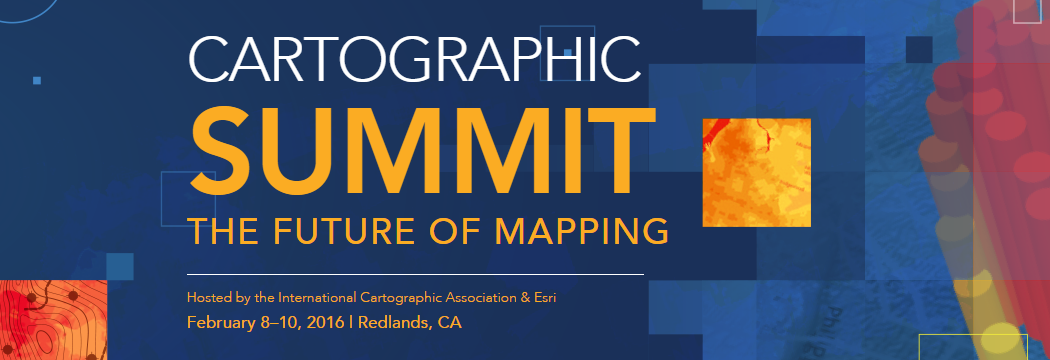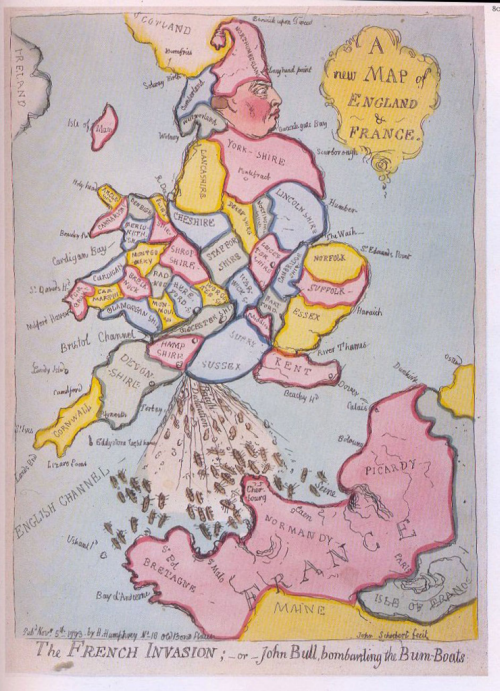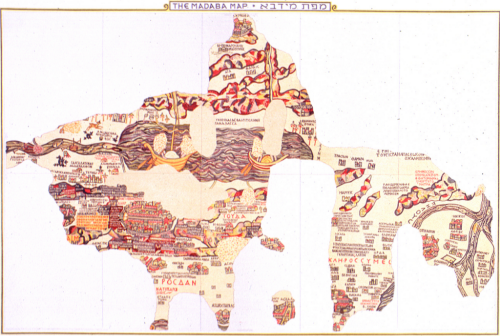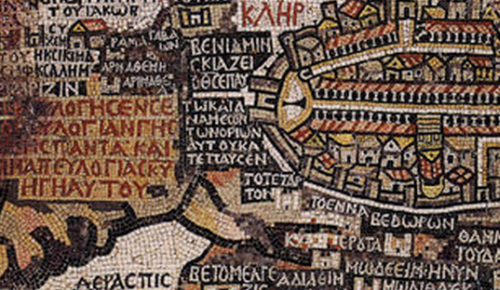Dear Map Design Community:
It’s been a while since this blog has been used. A lot has happened since the last post, in both map design and life. My apologies for the Commission’s absence. This falls on me.
For those of you who have stuck it out, thank you.
I plan to use this regularly again moving forward.
To reward your patience, I invite you to…
Submit a paper abstract to the upcoming conference – Atlases in Time – taking place in Madrid, Spain, from April 20 – 23, 2022.
The Atlases in Time Conference is being coordinated by three ICA Commissions, including Map Design, Toponyms, and Atlases, and Spain’s IGN to celebrate the organization’s 150th birthday.
Due to this conference being part of a birthday celebration, there are no conference fees. You only need to cover transportation, lodging, and meals. Field trips planned by the IGN will also be included – information on these is forthcoming.
For more information, please visit our conference website.
Or go directly to the Call for Abstracts page for more detailed information.
The deadline for submission is coming fast – February 15 – but the abstract needs to be 500 words or less, so don’t let the time crunch deter you! 🙂
If you have any questions, please don’t hesitate to contact me directly or reach us via our conference contact page here.
Let’s meet up in Madrid this April! I look forward to seeing many of you there.
Best,
Ian Muehlenhaus
Chair, ICA Commission on Map Design
——–
Official details extracted from the Call for Abstracts web page follow:
On the occasion of the 150th anniversary of the National Geographic Institute of Spain (IGN) being founded in 1870 – the IGN is the publishing institution of the National Atlas of Spain – the ICA Commission on Atlases, the ICA Commission on Map Design and the ICA/IGU Commission on Toponymy, together with the IGN and the Spanish Society for Cartography, Photogrammetry and Remote Sensing (SECFT) organise a conference on National and Regional Atlases from 20 to 23 April 2022 in Madrid.
During six sessions of four presentations each, questions concerning evolving dissemination concepts and techniques for atlases, recent development and examples of National Atlases as well as important map design and toponomastic issues in atlas production will be discussed.
Presentations will be held in a classic 20 min format of 15 minutes speaking with 5 minutes of discussion. A publication of the contributions as papers or abstracts will be carried out. Also accepted abstracts will be published using the ICA-Abstracts platform.
Your abstract shall not exceed 500 words and may be submitted as doc., .docx or .pdf-file.



